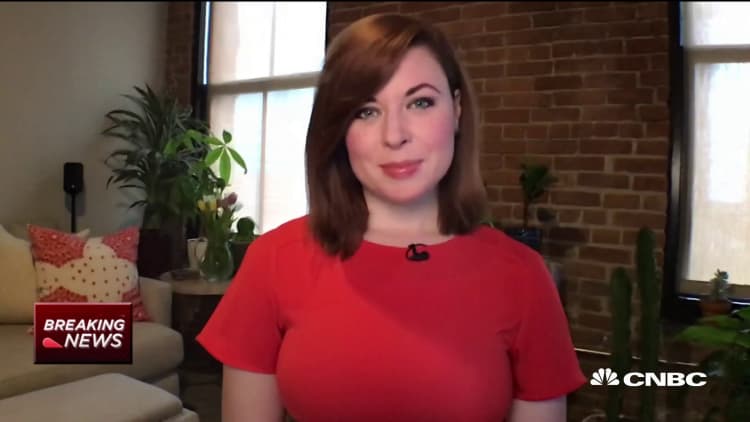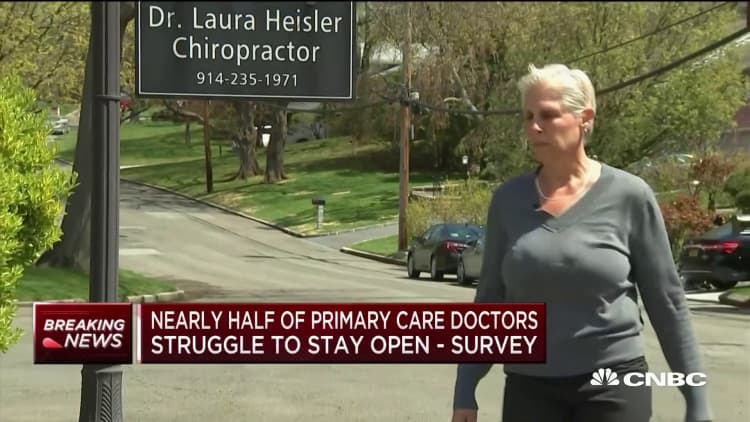Small business owners lucky enough to obtain an emergency loan through the Paycheck Protection Program have an uphill battle ahead: navigating forgiveness.
The U.S. Small Business Administration has made 2.2 million loans to small businesses in the week since it's reopened the emergency loan program.
Congress refilled the pot to the tune of $310 billion, and so far more than $175 billion in funding is already spoken for, according to a May 3 announcement from the SBA.
More from Smart Tax Planning:
New Jersey homeowners are getting tax relief
States need revenue. These taxes could rise
How are unemployment benefits taxed?
A large part of what made the funding so popular is the fact that the loans — which are intended to cover eight weeks of payroll expenses, as well as rent, most mortgage interest and utility costs — are forgivable.
The eight-week clock starts ticking when the employer receives the funding, which means firms could be paying workers to stay home if businesses are still subject to coronavirus lockdowns.
You must use at least 75% of the amount you borrowed for payroll expenses. Any portion that isn't forgiven must be repaid in two years — following a grace period of six months — at an interest rate of 1%.

That's where accountants who work with these entrepreneurs are running into trouble.
The Treasury Department and the SBA are releasing critical information in dribs and drabs via a growing list of "frequently asked questions," but they haven't yet provided formal guidance on forgiveness.
"From a practical perspective, it's impossible to give guidance," said Tony Nitti, CPA and partner at RubinBrown in Denver. "We are completely operating in the dark and some of these companies are almost halfway through their eight weeks already."
Lack of clarity
The latest batch of FAQs, released on Sunday night, clarified that an employer's PPP forgiveness won't be reduced if he or she offers to rehire a laid-off employee and the individual rejects the job.
That just answers one of the many burning questions CPAs have had about businesses' eligibility for forgiveness.
Another issue that's still unclear is defining "full-time equivalent" employees and calculating the amount eligible for forgiveness, according to the American Institute of CPAs.
Businesses applied for the PPP based on the number of employees they had on board, be they full time or part time.
The CARES Act, which established the PPP, uses the standard of "full-time equivalent employees" to figure out whether the amount forgiven will be reduced in light of cutbacks on staff or hours.
"It's full-time equivalents that will be a challenge," said Erik Asgeirsson, president and CEO of CPA.com, the AICPA's business and technology arm. "Say you can't bring the employee back, so do you have to hire someone else?
"We're talking about compliance and forgiveness, but it will blur with other elements that will need to go with forgiveness," he said.
The AICPA has also recommended that the Treasury and SBA adjust the start date of the eight-week clock so that it kicks in when a state lifts its shelter-in-place orders — not when the loan is disbursed.
Practical guidance

Without formal guidance, CPAs are having a difficult time counseling clients on what to expect in the forgiveness phase of their loans.
"Think about the restaurant that's only partially open and brings back half of their people," said Eric Hjerpe, CPA at Hjerpe & Tennison in Bloomington, Illinois. "So is only 50% forgiven? Because if that's the case, you have a loan and you don't have the cash."
For now, the recommendation from CPAs has been that clients operate within the spirit of the law the best they can, with the understanding that nothing — not even the forgiveness anticipated — is guaranteed.
"The only thing we feel comfortable with is saying if you get $100,000, multiply it by 75% and if you spend that amount on payroll costs in the next eight weeks, you'll be OK," said Nitti.
"But even that's inaccurate," he said. "You could spend that amount on payroll, but your forgiveness amount might be reduced if you lose people or cut salaries — and we have no guidance yet on how those components work."





